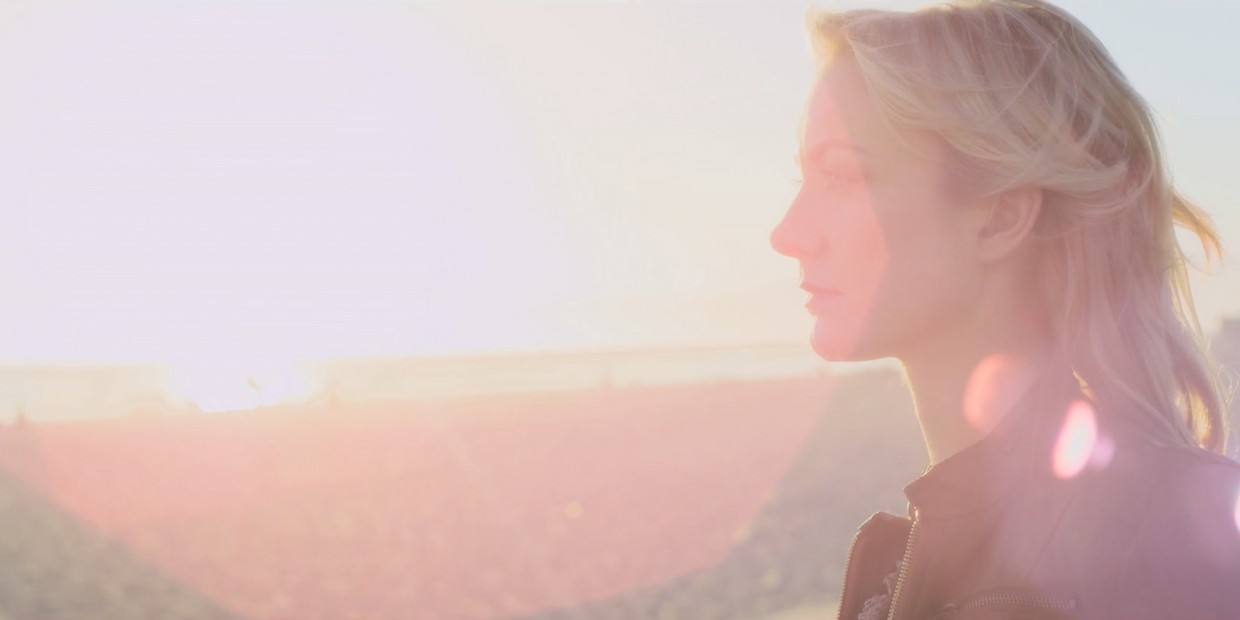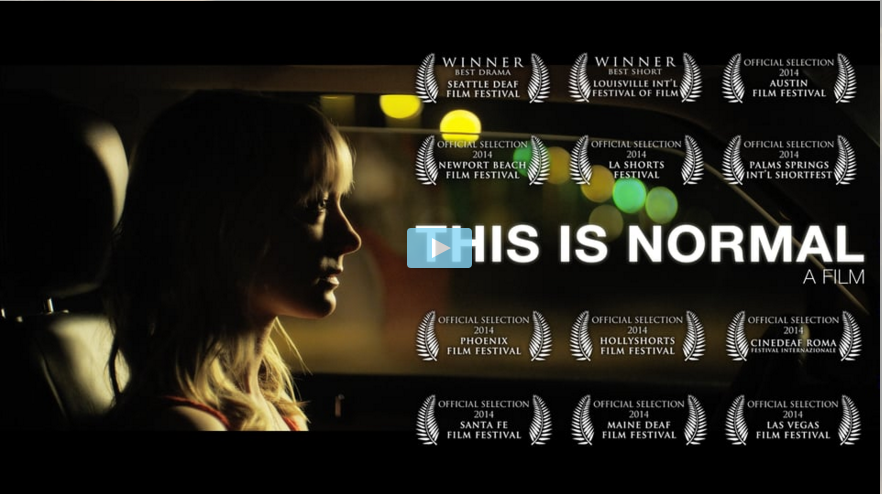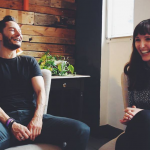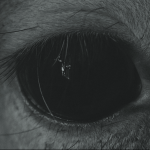By Lauren Hurrell
This Is Normal displays the sense of community among deaf people through the use of sign language and natural expression, whilst also highlighting the difficulties in social interaction, independence, and finding acceptance, both in one’s self and in finding a sense of cohesion with the unceasing sounds of our surroundings. The story develops through the onscreen relationships and poignant scenes where showing is more effective than telling, and raises many questions about the human condition.
Justin Giddings and Ryan Welsh share with us their experience and roots of interest in tackling this subject matter, which resulted in the creation of this innovative and inspiring film.
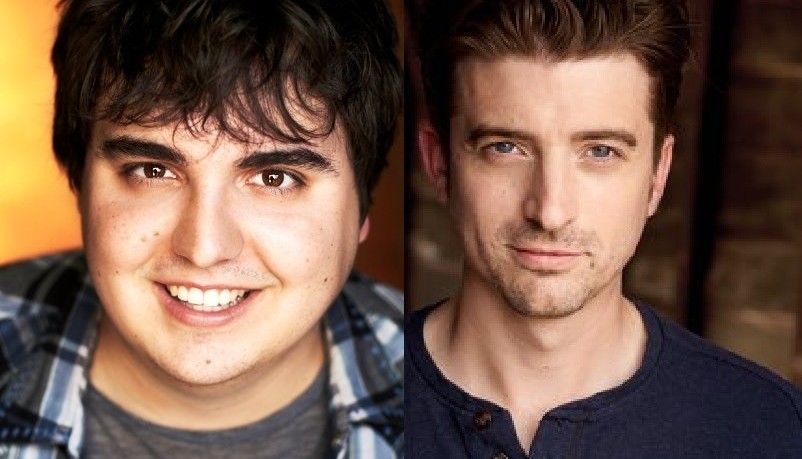
What inspired you to write this story?
We had seen a few viral videos on YouTube about d/Deaf people turning on their cochlear implants and hearing for the first time. We were very moved and talked about writing a story like that, but we soon discovered that this technology is very controversial within the Deaf community because it can be seen as a technology that says, “How you are now isn’t good enough.” With a language and culture all their own, many Deaf individuals take umbrage with the presumption of the technology. As filmmakers, that’s where we found our conflict and the human story – when presented with an opportunity to change yourself in a drastic and fundamental way, what does that actually mean? Is it worth giving up who you are for who you might become – especially when there are no guarantees?
How did you go about writing the script, given that sign language is used significantly throughout?
We did extensive research and met with many Deaf associations and individuals to make sure we were accurately portraying aspects of their culture and language. In the end, ASL is simply another language, and we all use language to express ourselves, so we wrote what we wanted to express and then let the Deaf actors modify it as they saw fit.
Are the cast members who play the roles of deaf characters, including the leading actress, deaf in real life?
All the Deaf characters are deaf – except Gwen (played by Ryann Turner). Gwen’s character was unique as she needed to be able to modulate her voice in a very subtle way over the course of the film. Additionally, the character identifies as deaf, not Deaf, which basically means she doesn’t count herself as part of the culture as she was “mainstreamed” to fit into society. That’s part of her issue; she’s torn between two cultures she’s not really a full member of. Ryann worked for 6 months on learning American Sign Language and working with many people within the Deaf community in order to hone her performance.
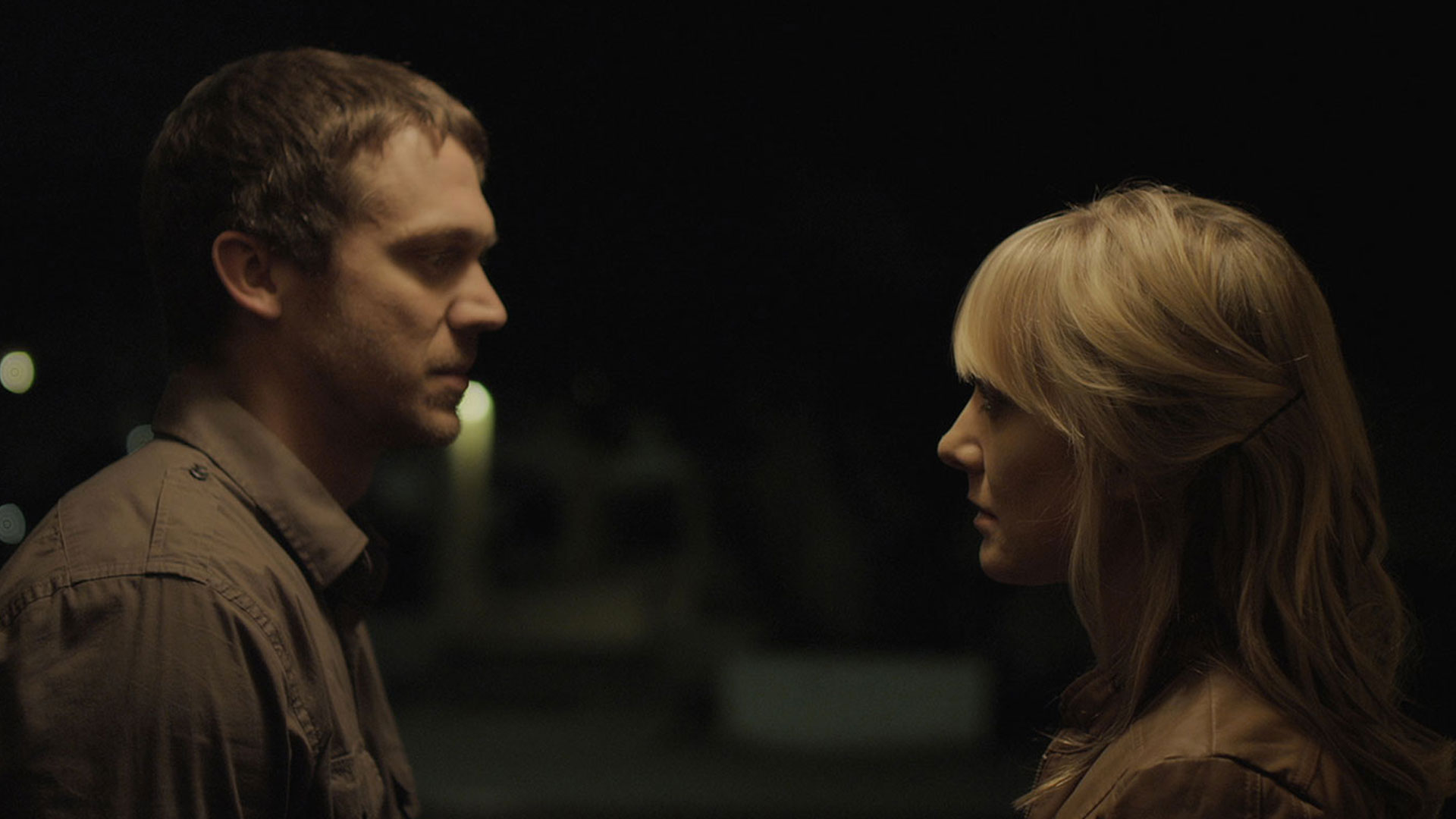
Did you face any struggles in the process of making this film?
Well, we’re both actors, and this is our first film so we dealt with classic newbie mistakes (permits? what?). Overall, the shoot went really well. The only challenges we had was that our film became known in the Deaf community pretty quickly due to our crowdfunding campaign and we had to field many, many calls from sceptical organisations and individuals who were wary of two hearing actors taking on this subject matter. Most people were extremely supportive, while some were not.
It was a bold decision to create a story on a topic that many people would simply not attempt. What have been the different responses to your film and do you have any favourite responses in particular?
Wow, great question. We are proud that our film has received such tremendous acclaim from people from all walks of life. Every few days, we’ll get an email or a message on Vimeo from someone who has seen it for the first time and they almost always talk about how life-changing it is. We love that everyone from teenage Redditors to older Deaf activists have responded so well to this film. We screened at the SAG Foundation alongside three other films, including Contrapelo, a short that was on the short-list for an Oscar nomination. That film’s director called it one of the best films he’s ever seen, and Contrapelo is one of my favourite films, so it was nice to have a fan among someone we respect so much.
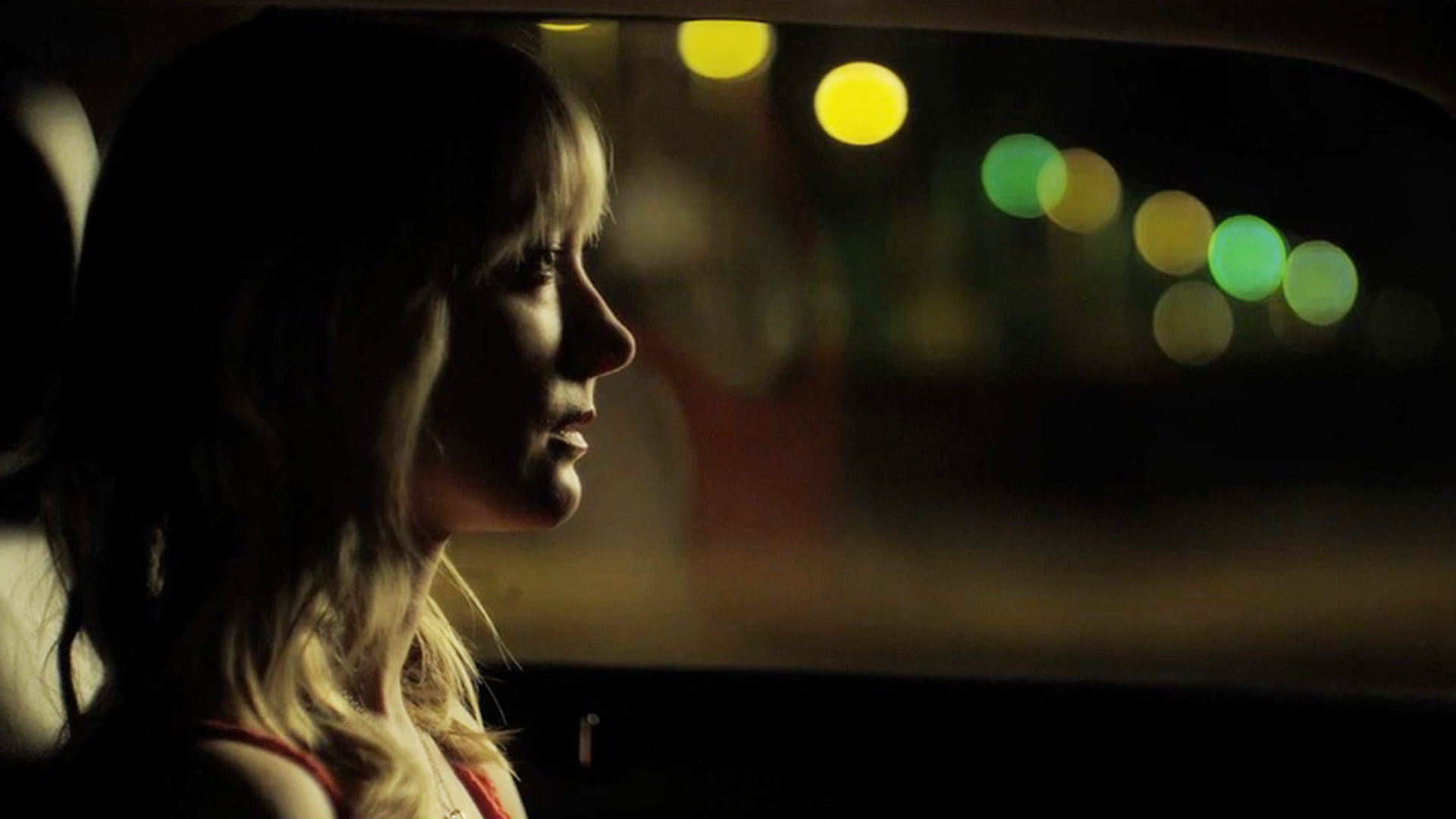
Is this film, or your approach to film-making in general, influenced stylistically by any other films or directors?
Oh, sure! We always start with the story, but then there are influences that range from Wes Anderson to spaghetti Westerns to Noah Baumbach. In the end, we try to keep it simple and let our love of film shine through in our stylistic choices.
What were your highlights of the creative process? Do you have any personal favourite moments in the film?
Well, we didn’t know what we were doing at first, so everything was new and novel. When we realized we were a bit over our heads in the production aspect of the film, we brought in Cindi Rice, the producer who had given both of us our first big acting job (we met on the set of a zombie series called Bite Me). To now work behind the camera with our friend and collaborate on our film was amazing.
In terms of favourite moments, we both agree that the ending, with her sitting by the beach, is particularly powerful for us. It’s the thesis of the film, really.
Are you currently working on any projects, or have any planned for the near future?
Yes! We are currently in post on our second film, a sci-fi short called Outpost (www.OutpostTheFilm.com). It’s been in post for a year and a half so far, mostly in the hands of our VFX wizard Paul Lada, who was one of the lead VFX guys on films like Prometheus and Harry Potter. We are also shopping our first feature script around. It’s a supernatural horror film called Dark Winter that asks the question, “What if your inner demons got out?” It’s scary as heck and deeply personal, so we’re excited!
Watch This Is Normal free on FilmDoo.com.
Find more shorts on FilmDoo here.

